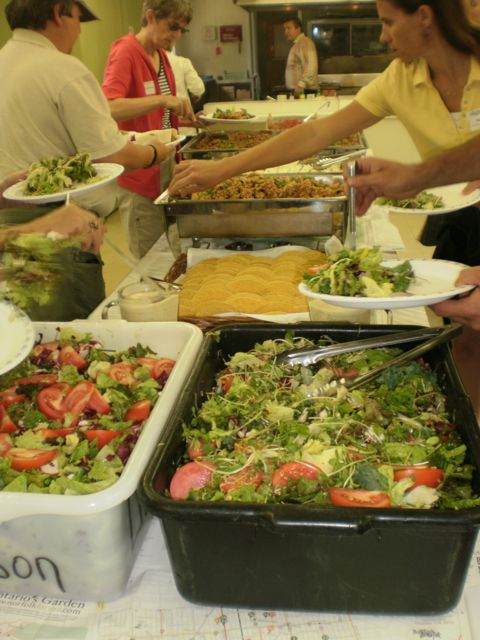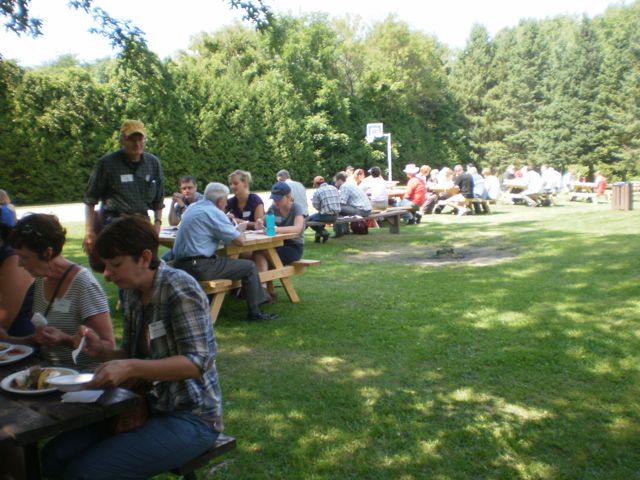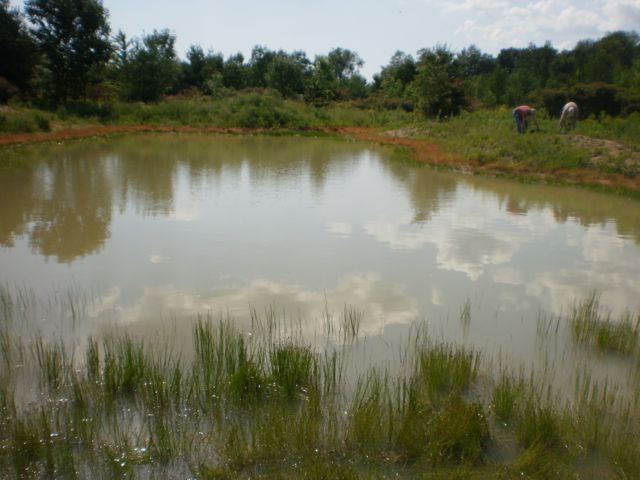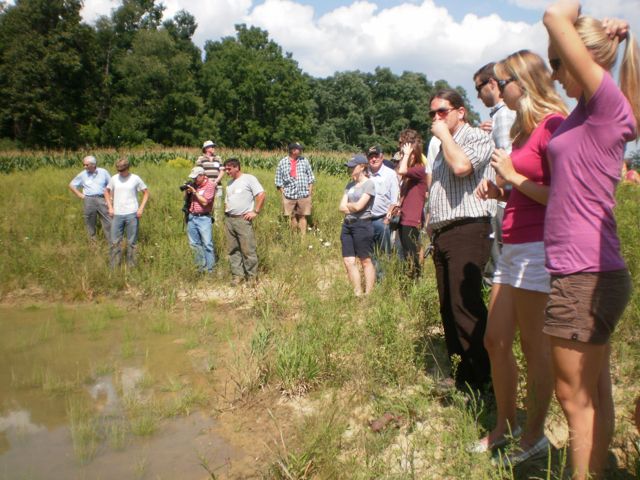Alternative Land Use Services Tour 2012 in Norfolk County
Posted: September 4, 2012
Categories: Food in the News / GoodFoodBites / News from Sustain Ontario
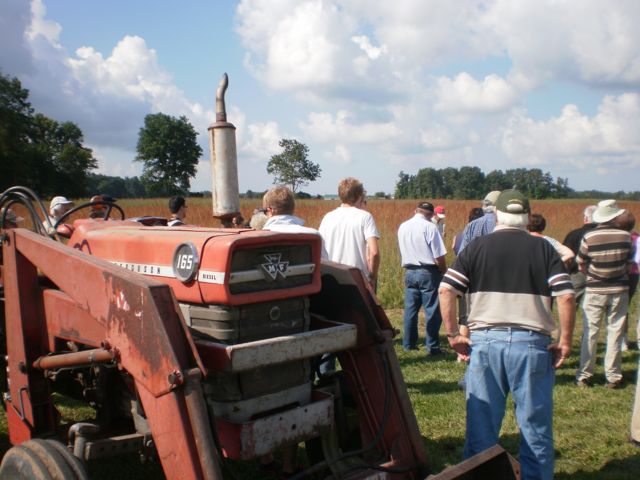 On August 22, 2012, Sustain Ontario staff participated in the Alternative Land Use Services (ALUS) tour in Norfolk county. Developed by farmers in 2007, ALUS is a program that pays farmers to steward natural ecosystems on their land. These acts of conservation provide a host of ecological goods and services such as water filtration and purification, nutrient cycling, and carbon sequestration. Project examples include the creation of wetlands, buffering of creeks, planting and maintenance of native trees, tall grass prairie and oak savannah.
On August 22, 2012, Sustain Ontario staff participated in the Alternative Land Use Services (ALUS) tour in Norfolk county. Developed by farmers in 2007, ALUS is a program that pays farmers to steward natural ecosystems on their land. These acts of conservation provide a host of ecological goods and services such as water filtration and purification, nutrient cycling, and carbon sequestration. Project examples include the creation of wetlands, buffering of creeks, planting and maintenance of native trees, tall grass prairie and oak savannah.
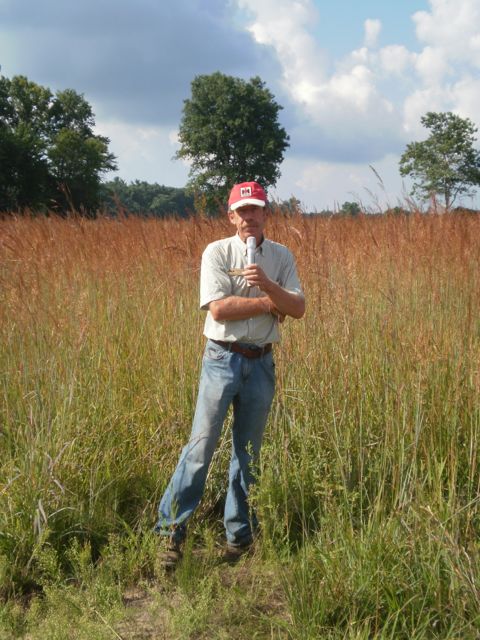 The day began at Gunther Csoff’s 150-acre farm, of which 10 acres is now dedicated ALUS funded prairie grass. Mr. Csoff discussed the benefits that the grasslands have provided to his farming operation in bringing insects and wildlife to his land and crops, especially the natural presence of bees for pollination. Despite the program payouts, Mr. Csoff receives less from ALUS than he does from an acre of cash crops. While Gunther clearly saw the benefits that ALUS contributed to his own property value, he emphasized that without the assurance of continued payments from ALUS, he would not be able to afford to keep the grasslands. As the only full-time farmer on the tour, Mr. Csoff provided an important voice that reminded participants of the crossroads that farmers find themselves at between the financial need to produce as much as possible from the land, and a desire to participate in environmental conservation.
The day began at Gunther Csoff’s 150-acre farm, of which 10 acres is now dedicated ALUS funded prairie grass. Mr. Csoff discussed the benefits that the grasslands have provided to his farming operation in bringing insects and wildlife to his land and crops, especially the natural presence of bees for pollination. Despite the program payouts, Mr. Csoff receives less from ALUS than he does from an acre of cash crops. While Gunther clearly saw the benefits that ALUS contributed to his own property value, he emphasized that without the assurance of continued payments from ALUS, he would not be able to afford to keep the grasslands. As the only full-time farmer on the tour, Mr. Csoff provided an important voice that reminded participants of the crossroads that farmers find themselves at between the financial need to produce as much as possible from the land, and a desire to participate in environmental conservation.
There were two more grassland projects on the tour, one that did well and one that was overgrown with weeds and had few prairie grasses. The three grassland projects were demonstrative of the learning curve that ALUS has gone through since its inception. In a controlled environment, and with the fire department present, Mr. Csoff did a burn of his grasslands last year; likely the reason that his turned out so well. Alternatively, farmers have the option of grazing the prairie grasslands, but would only receive half of the ALUS payments if they chose to do so. Farmers are also allowed to use the native grasses for “on-farm use,” but not for sale. It is important to note that farmers are tasked with the maintenance of the grasslands, which would slowly succeed to woodland without grazing, burning or some other maintenance.
The tour lunch was catered by local chef Tracy Belworth, who cooked up a delicious feast sourced from ALUS farms.
Participants also saw two wetland projects, strategically crafted to work with the layout of the land to provide filtration and drainage. The animal prints along the banks and the frogs wading in the water showed that the local wildlife are certainly enjoying the new ecosystem.
To date, there are 145 farmers enrolled in ALUS in Norfolk county, signing up almost 1,000 acres of farmland to conservation projects. ALUS staff and farmers alike have big hopes for the project, waiting to see their potential to stabilize nitrogen levels in adjacent fields and build up organic matter in sandy soils, among other positive contributions. For the time being, they are enjoying the wildlife, natural pollinators and wind protection that the projects can immediately provide.
For more information on ALUS, visit www.alus.ca

